communities to share information and
equip themselves to
bring positive
changes in their lives.
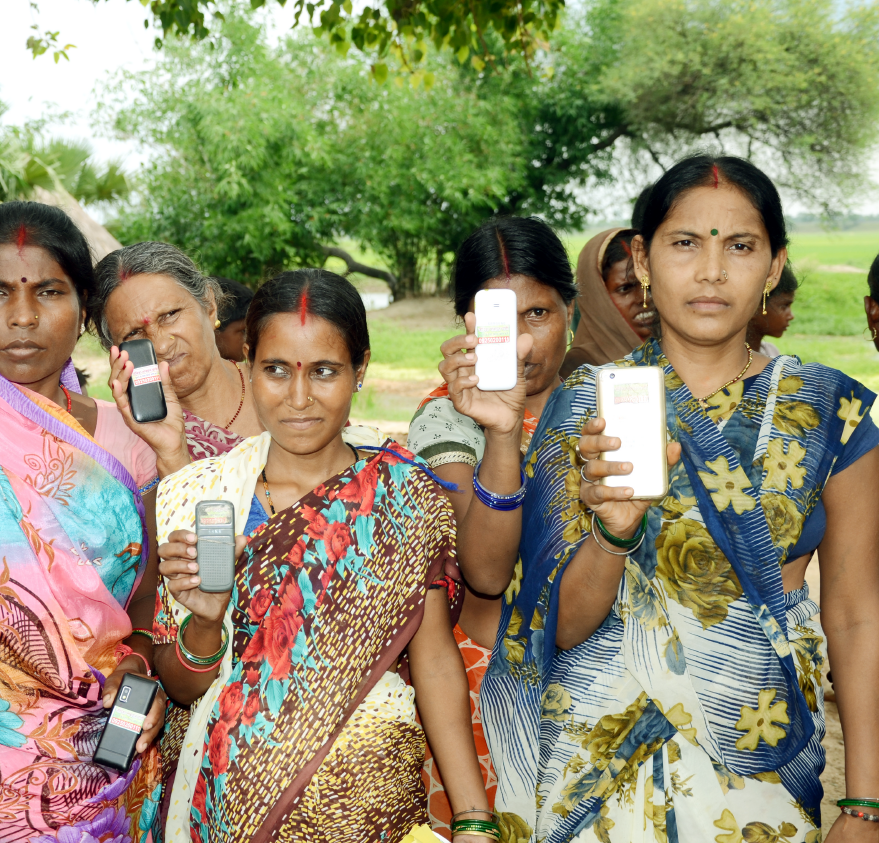
Technology can support human development only when people adopt it wholeheartedly. At Gram Vaani, we use technology to create participatory media platforms that people find accessible and adaptable. We develop communication platforms where people whose voices are often unheard can share their opinions, hear from each other, and build communities.We strive for sustained, positive behaviour change through programmes that are relevant to people’s contexts and needs. We believe that such inclusive, bottom-up media platforms, which are by and for the people, will build empathetic societies.

Health and Health Tech
Family & Health

Governance
Media & Governence
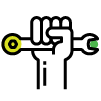
Workforce & Labour Rights
Agriculture Program

Women & Child Development
Family & Health
Access to media and information is highly unequal across India along the lines of gender, rural/urban locations, caste, class, disability, and other forms of marginalisation. This is especially the case among women in rural areas, where patriarchal norms limit their mobility, accessibility, ownership, and usage of digital medium. We help women overcome these barriers and bridge the digital literacy gap by facilitating their participation in systemic processes to improve health & nutrition, family planning, socio-economic entitlements, livelihoods, and political progress.

Livelihoods and Agriculture
Youth
A sustained and dignified means of livelihood depends on people’s ability to access contextual information to keep their work relevant, and on social capital to survive livelihood shocks. Communities from low-income groups lack these critical links. The Livelihoods and Agriculture programme helps them connect with livelihood and agriculture experts, as well as with peers, to get their queries resolved and get accessible, relevant information and ideas for growth.

Education & Youth Engagement
Youth
A large section of youth and children in ‘hard-to-reach’ areas lack access to education and remote learning opportunities. Similarly, families lack opportunities to update their skills through non-traditional education or professional trajectories. The Education and Youth Engagement programme helps such communities engage in a new eco-system of ‘connected learning’, wherein the students can access learning modules, raise queries, share experiences, and secure new connections going beyond their neighbourhood.
In every stage of our work, we try to understand ground realities and community needs through in-depth research. This guides our programme design and implementation.
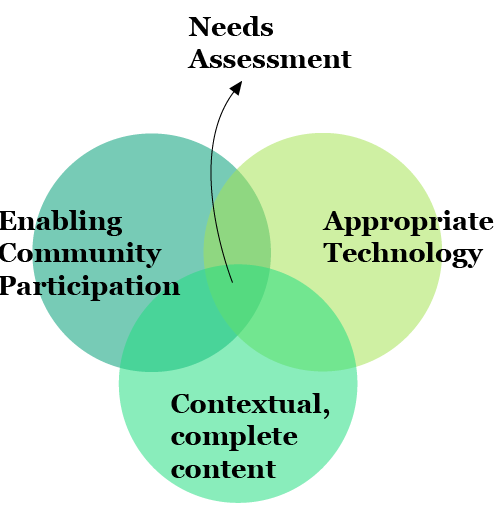
5 Countries
Presence
1Mn calls
Total Voice Reports
10+ States
In India
150+
Partners

Technology and (Dis)Empowerment: A Call to Technologists
Dear Friends of Gram Vaani, Hope you have been well. I had started working on a book during the pandemic, largely based on Gram Vaani’s experiences with the use of technology to secure rights and entitlements for the poor, and for them to discuss and deliberate policies and social issues with one another. I am […]
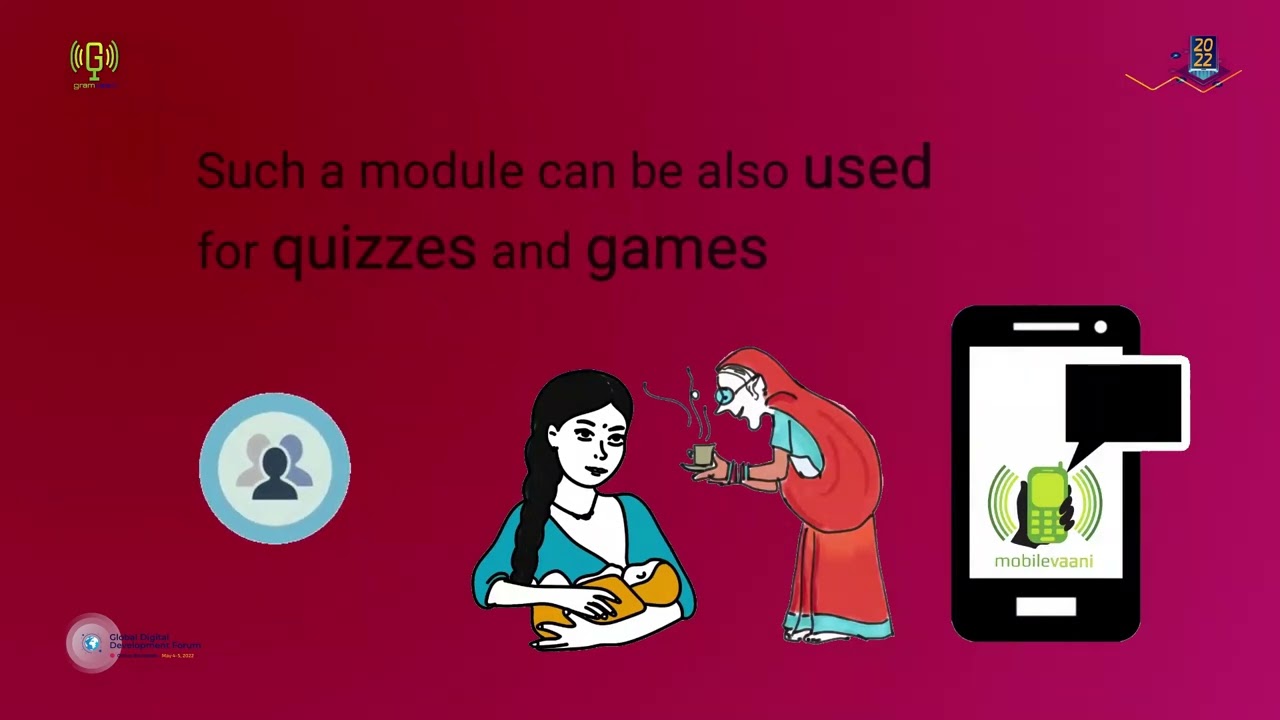
Voice Technology Innovations by Gram Vaani
Voice-based conversational interfaces hold significant potential to build interactive applications
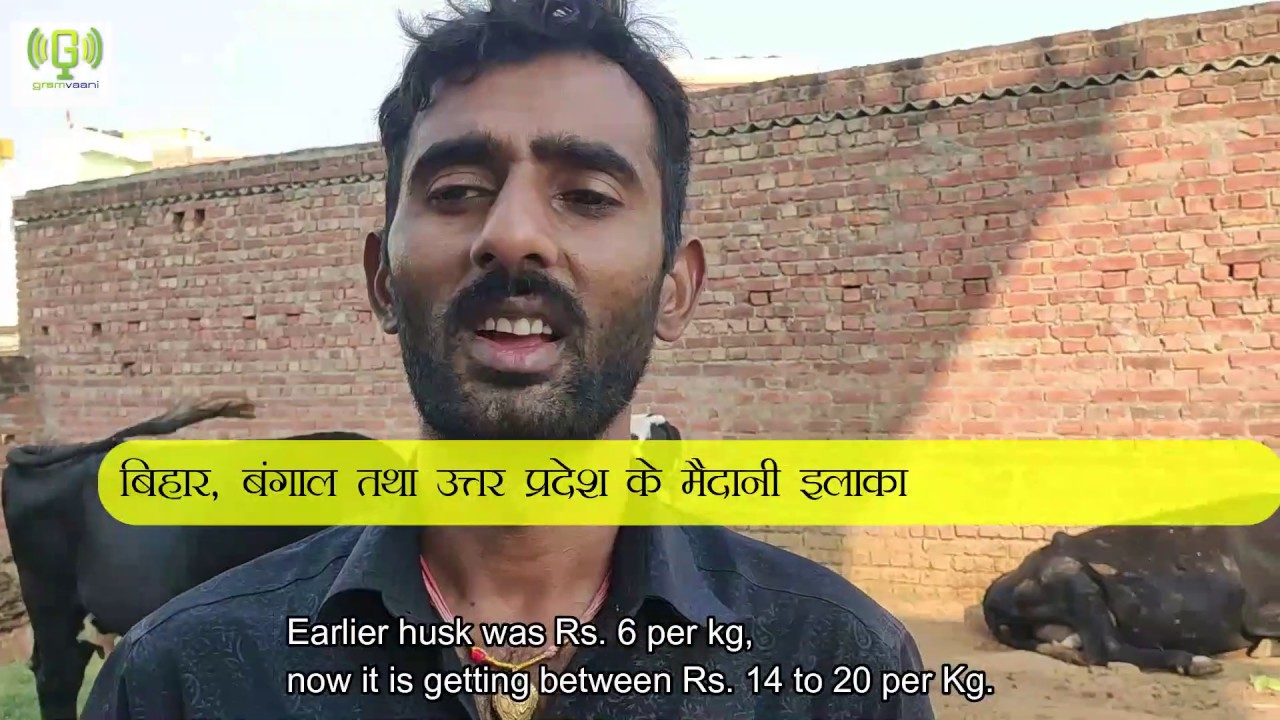
When the animals went hungry too: Lockdown stories
When India was in lockdown in Mar-May 2020, livestock farmers struggled to feed their animals. A ground report with the famers’ experiences.

